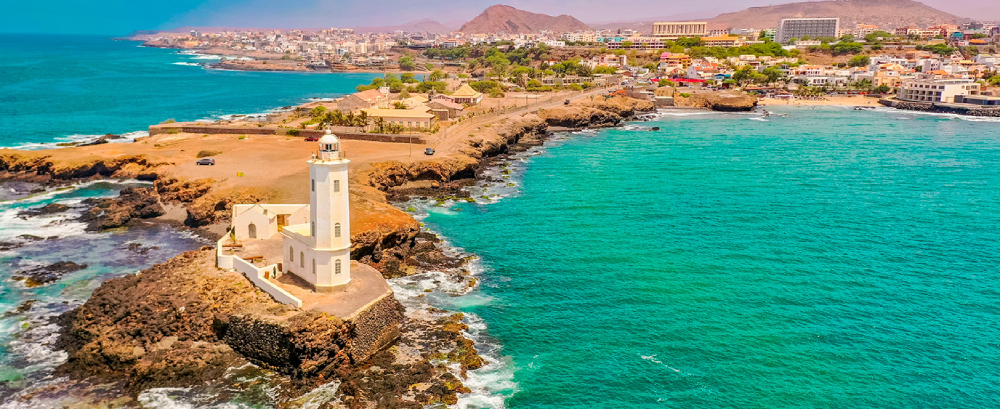
Sierra Leone
April 12, 2025
Gambia
April 12, 2025Cape Verde (Cabo Verde), an island nation off the northwest coast of Africa, is not particularly known for its mineral resources. The archipelago consists of ten volcanic islands and five islets, which are generally poor in terms of exploitable minerals. The economy of Cape Verde is more dependent on services, particularly tourism, and remittances from its diaspora, rather than on mining or mineral extraction. However, some resources are present, mainly used for local consumption rather than export. Here’s an overview of the known mineral resources in Cape Verde:
Key Mineral Resources
Basalt:
Overview: Given Cape Verde’s volcanic origin, basalt is the most common geological material found throughout the islands. Basalt is a dense volcanic rock that is widely available across the archipelago.
Reserves: Basalt is abundant across the islands, and its extraction mainly serves local construction needs.
Limestone:
Overview: Limestone deposits are present on some of the islands, particularly on Santo Antão, São Vicente, and Santiago. Limestone is a key raw material in the construction industry.
Reserves: The limestone reserves in Cape Verde are modest and mainly serve local construction and industrial needs.
Pozzolana:
Overview: Pozzolana, a type of volcanic ash, is found on the islands, especially on the island of Fogo, which has an active volcano. Pozzolana is used in construction as a cement additive.
Reserves: The reserves of pozzolana in Cape Verde are significant enough to support local cement production and construction activities.
Salt:
Overview: Historically, Cape Verde has produced salt, particularly from the salt pans on the island of Sal, which was named after this resource. Salt production has decreased over the years but remains a part of the local economy.
Reserves: The salt reserves are relatively modest, with production focused on meeting local demand and some small-scale export.
Sand and Gravel:
Overview: Sand and gravel are extracted from riverbeds, coastal areas, and quarries on several islands. These materials are essential for the construction industry.
Environmental Concerns: The extraction of sand and gravel, especially from coastal areas, raises environmental concerns, including erosion and habitat loss, leading to regulations to manage these activities sustainably.
Investment and Extraction Situation
Limited Mining Activity: Cape Verde has very limited mining activities, primarily focused on the extraction of basalt, limestone, pozzolana, and other construction materials. The economy does not rely on mining, and there is little focus on the development of mineral resources beyond local needs.
Environmental Protection: Due to the small size of the islands and their environmental sensitivity, any extraction activities are subject to environmental regulations. The government of Cape Verde prioritizes sustainable development, with a focus on protecting the natural environment, which is also vital for the tourism sector.
Potential for Offshore Exploration: While the onshore mineral resources are limited, there is some potential for offshore exploration, particularly for hydrocarbons. However, as of now, no significant discoveries have been made, and the focus remains on environmental conservation.


